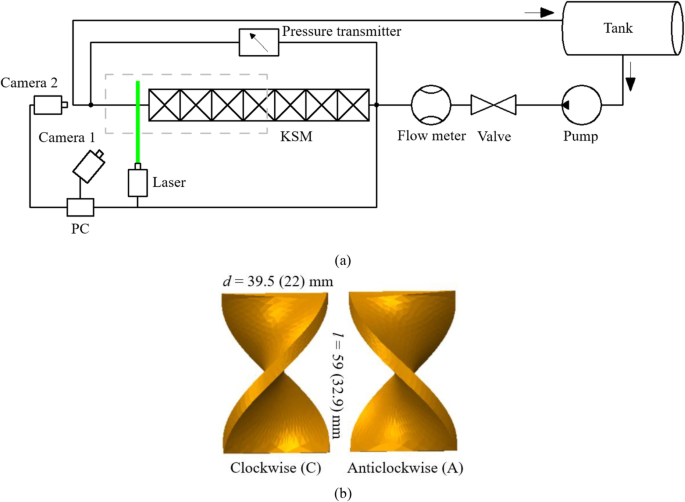A New Approach to Evaluate 3D Flow Fields Using an Off-Axis 2D PIV System: Investigation of a Tubular Reactor Equipped with Kenics Static Mixers
Abstract
Abstract
In this work, an off-axis 2D Particle Image Velocimetry system is used to obtain the 3D flow field at the outlet of a tubular reactor equipped with Kenics static mixers. The 3D flow fields are obtained exploiting the out-of-plane velocity component and considering the symmetrical features of the flow generated by the static mixers. The raw results show that the velocity vectors, measured on a cross section perpendicular to the tube axis by 2D-PIV with the camera located at 24° from the measurement plane, are affected by the axial component of the flow. However, taking into account the symmetry of the flow field with respect to the tubular reactor axis and evaluating the effect of the out of plane velocity component, the correct 2D velocity vectors on the plane and also the velocity component in the axial direction can be calculated from the raw 2D PIV data. The consistency of the methodology is demonstrated by comparison of the results with the flow field measured in a smaller tubular reactor of similar geometry and Reynolds number with a symmetrical 2D-PIV system, with the camera located perpendicularly to the laser plane. Then, the 3D features of the flow are analyzed to characterize the effects of the different combinations of static mixer configurations on the fluid dynamics of the system in turbulent conditions. The results show that, as the pressure drop increases, a more uniform velocity distribution is achieved.
Graphical Abstract


 求助内容:
求助内容: 应助结果提醒方式:
应助结果提醒方式:


